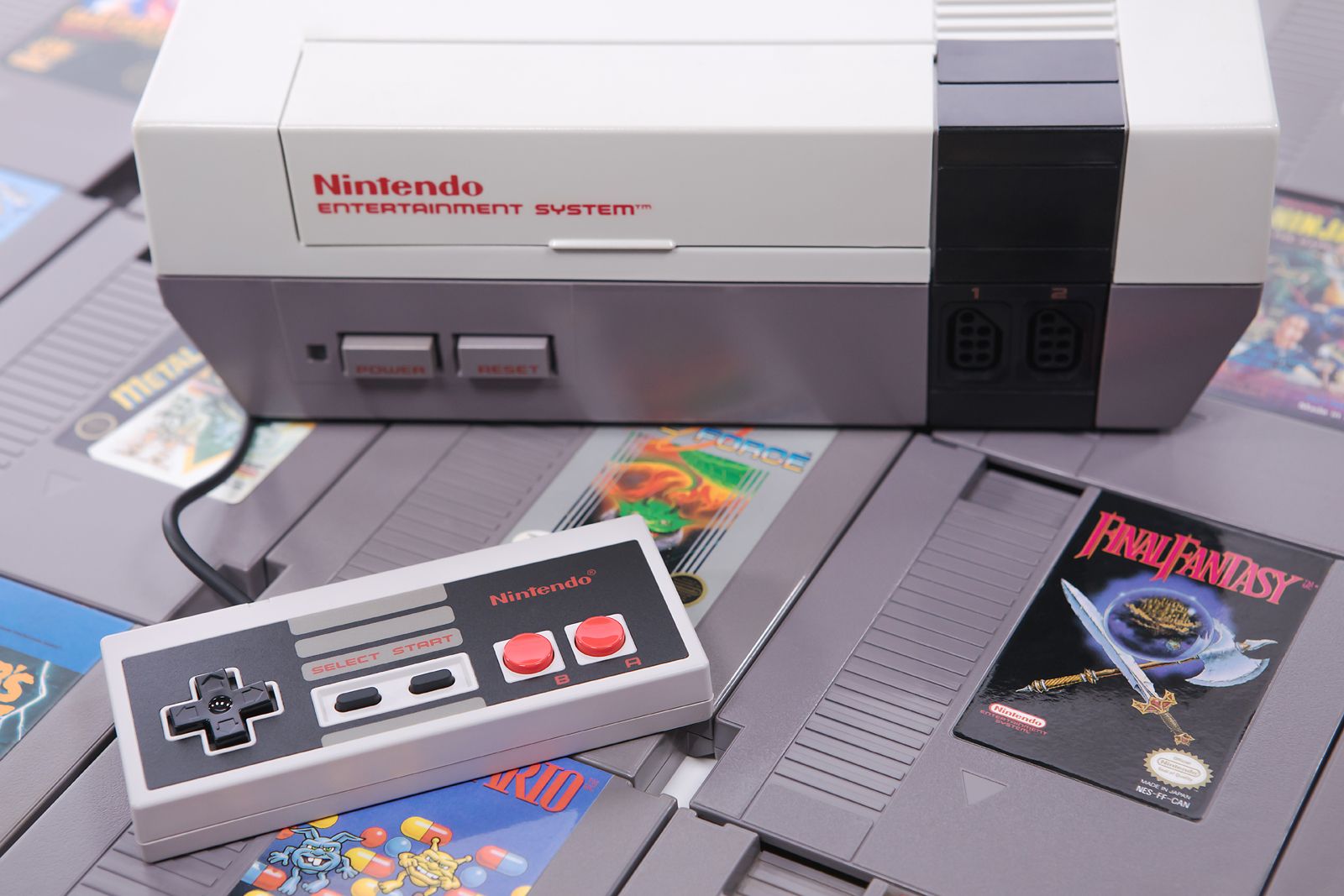Capcom veteran and Street Fighter II producer Yoshiki Okamoto has provided a bit more insight into the video game industry in the early and late 90s. Okamoto talked a little about how Nintendo was really the only company which made steady revenue from its Nintendo Entertainment System cartridges while Capcom’s profits really only took off from the PlayStation One and the advent of compact discs. Okamoto says that Capcom and other third party developers had to take out bank loans for the carts and Nintendo took between 1.5 to 3 months to deliver cartridges. Thankfully they had much better luck with Sony and compact discs.
“Let’s say a Famicom cartridge sold for 10,000 yen at retail. Out of that, 3,000 yen went to the retailer. 4,000 yen went to the software developer, like Capcom, and 3,000 yen went to Nintendo. Out of Nintendo’s 3,000 yen share, about 1,500 went to manufacturing contractors. Since Nintendo got paid upfront for the exact number of copies, manufactured the cartridges, and delivered them, what happened after that didn’t matter to them. In other words, only Nintendo had a guaranteed profit,” Okamoto explains.
“Let’s say Capcom paid Sony 1,800 yen per disc. The manufacturing cost of the CD was 200 yen, and the remaining 1600 yen was Sony’s share.” However, if Capcom were to return unsold CDs, Sony would give back the 1600 yen they took as their share, only charging the 200-yen manufacturing cost. Nintendo did not do this, which made leftover stock such a big expense for third parties.
